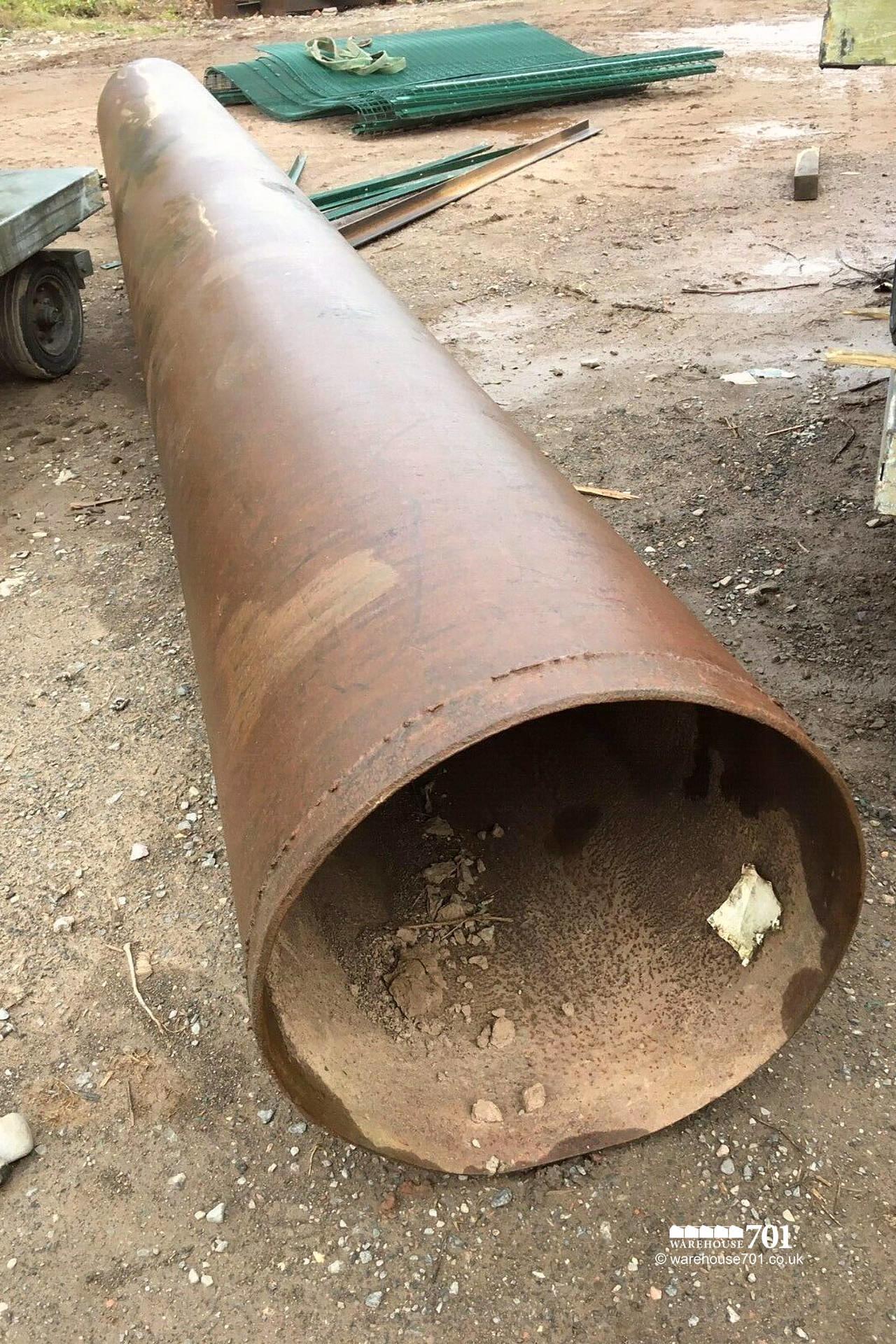

Big pipe timeslice iso#
Metric Pipe Sizes Dn "Diametre Nominel" per ISO vs NPS "Nominal Pipe Size" Equivalent for DN 6 to DN 2200, NPS Schedule 5 to 30 Type some text in Memo1 and click the button to see the processed text appear in Memo2, this time without writing any intermediate files.Related Resources: fluid flow DN Diametre Nominal and NPS Nominal Pipe Size Table Any programs that reads ANSI text from standard input and writes ANSI text to standard output can be substituted. Once again this example uses the Echoer.exe console application from Appendix 2. Now we choose a small value for TimeSlice, and set the StdIn and StdOut properties to the appropriate pipe handles before executing the application.įinally we load Memo2 from the output stream. It is because they are used in this separate method that we declare fOutPipe and fOutStream as fields of the class rather than as local variables of Button1Click. As we have seen, the pipe's data is copied to the stream in WorkHandler. Next we create the output pipe (with default size) and the stream to receive output. Without this the console application would endlessly wait for more data when all the pipe data had been read. This effectively signals end-of-file on the pipe. We call the pipe's CloseWriteHandle method when all the data is written to it. OK on Unicode Delphis because following LoadFromStream call // defaults to Default (ANSI) encoding if no encoding specified.įirst of all we create the input pipe of the required size and write the contents of Memo1 to it. Load data from output stream into memo 2: Echoer.exe writes output as // ANSI text. If not App.Execute( 'Echoer "-> " ') then Create out pipe and stream that receives out pipe's dataĪpp.TimeSlice := 2 // forces more than one OnWork event InPipe.WriteData(PChar(Text)^, Length(Text)) Must be ANSI text // because Echoer.exe requires Ansi input. Write memo 1 contents as Ansi text into read pipe. Procedure TForm1.Button1Click(Sender: TObject)
Big pipe timeslice code#
Make sure that the uses statement includes PJConsoleApp and PJPipe then create an OnClick event handler for the button as follows:Īdd the following code to the form class' private section: As with Example 6, Memo1 will receive text to be processed and Memo2 will display the results. To see the code working, create a new Delphi GUI application and drop a button and two memos on the form.
Big pipe timeslice download#
TPJPipe is included in the I/O Utitlity Classes download in PJPipe.pas. This class simplifies peeking, reading and writing pipes but and can also create pipe handles that are inheritable. The read handle of the first pipe and the write handle of the second pipe must be inheritable.īecause working with pipes can be quite complicated we will use the TPJPipe helper class to help simplify things. We set TPJConsoleApp.StdOut to the pipe's write handle and we read the data using the read handle. The second pipe is used to read data from the console application's standard output. We set TPJConsoleApp.StdIn to the pipe's read handle to enable the console application to read the data from the pipe. Our application uses the pipe's write handle to write data to the pipe. The first pipe is used to send data to the console application's standard input. To redirect a console application's input and output we need two pipes: It's more convoluted than using files, but worth it. It is much more useful if we can pass the raw data directly to a console app for processing and to read the processed data back from the console application. Console Application Runner Classes Example 7: Redirecting standard i/o using pipesĪs useful as redirecting files can be (see Example 6), it is not always very convenient for our application to have to exchange data with a console application by writing input data to a file and then reading a processed file.


 0 kommentar(er)
0 kommentar(er)
